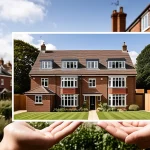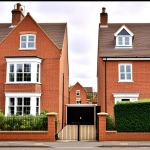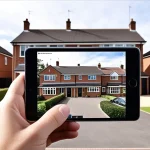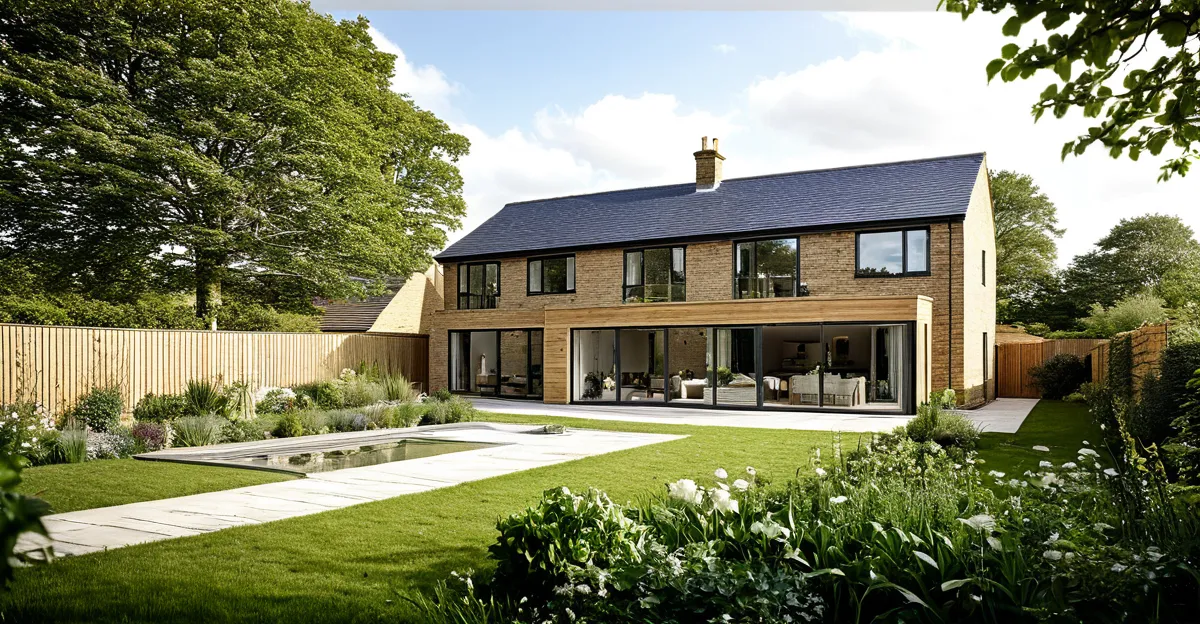Essential Elements of Sustainable Home Design in the UK
Sustainable home design UK focuses on eco-friendly architecture tailored to the UK’s unique climate challenges. Climate-specific adaptations are crucial, given frequent rain, variable temperatures, and seasonal changes. Key features include effective thermal insulation, airtight construction, and orientation to maximise natural light and heat. These elements reduce energy demand and maintain comfortable indoor conditions year-round.
In the UK, sustainable home design also emphasizes materials and technologies that support long-term environmental goals. For example, walls with high thermal mass regulate temperature swings, and roof overhangs prevent overheating in summer while allowing sunlight in winter. The integration of energy-efficient heating, combined with smart ventilation systems, enhances sustainability.
Topic to read : How Can UK Homeowners Optimize Their Interiors for Maximum Comfort?
UK-specific sustainability certifications like BREEAM and Passivhaus set rigorous standards to ensure energy efficiency and environmental impact reduction. These certifications guide architects and builders in selecting materials, designing systems, and implementing energy-saving measures. Achieving these certifications involves meeting criteria for energy use, waste reduction, and emissions, reinforcing the commitment to sustainable home design UK.
Energy-Efficient Building Practices
Energy efficiency is a cornerstone of sustainable home design UK, directly impacting both environmental footprint and living comfort. A critical key feature is advanced home insulation UK, using materials like mineral wool or cellulose that provide superior thermal resistance against cold, damp UK conditions. Enhanced insulation reduces heat loss, lowering energy consumption and utility bills.
Also read : How can you choose the right furniture for UK home living?
Triple glazing is another essential aspect. These windows have three panes of glass with insulating gas layers, significantly cutting heat transfer. This means warmer interiors in winter and cooler conditions in summer, perfectly suited to the UK’s variable climate. Combined with airtight construction, triple glazing prevents drafts and moisture ingress, maintaining consistent indoor temperatures.
Integrating smart heating and ventilation systems further improves energy efficiency. Smart thermostats adjust heating according to occupancy or weather, optimising energy use. Meanwhile, mechanical ventilation with heat recovery (MVHR) systems circulate fresh air while reclaiming heat from outgoing air. This continuous airflow improves indoor air quality without wasting energy.
Together, these energy-efficient building practices form a robust foundation for environmentally responsible, cost-effective housing tailored to UK needs.
Incorporating Renewable Energy Solutions
Incorporating renewable energy UK technologies is vital for truly sustainable home design UK. Solar panels are among the most effective key features, converting sunlight into electricity, reducing reliance on grid power, and cutting carbon emissions. Solar water heating systems complement this by harnessing solar energy to provide hot water efficiently.
Heat pumps, including air source and ground source heat pumps, play a pivotal role in renewable energy UK strategies. These devices transfer heat from the air or ground to heat the home with minimal electricity use, providing an eco-friendly alternative to traditional boilers. They perform especially well in the UK’s temperate climate and contribute significantly to reducing energy demand.
Moreover, integrating renewable energy with smart grids and battery storage allows homeowners to maximise usage and store excess energy for later use. This synergy between technologies reduces energy waste and provides greater energy independence. These renewable energy features form a core part of effective sustainable home design UK, blending innovative solutions with environmental responsibility.
Choosing Sustainable and Local Building Materials
Selecting eco-friendly materials is fundamental to sustainable home design UK, promoting durability and environmental responsibility. A primary consideration is local sourcing, which reduces transportation-related emissions and supports regional economies. Using timber from certified sustainable forests ensures minimal ecological impact while providing strong, renewable building components.
Incorporating recycled materials further lowers the carbon footprint of construction. Examples include recycled metal fixtures and reclaimed wood, which contribute to low-impact construction UK goals. Low-VOC paints and natural insulation materials like sheep’s wool or hemp improve indoor air quality and reduce reliance on synthetic chemicals.
Reducing embodied carbon—the total greenhouse gas emissions produced during material extraction, manufacture, and transport—is a key objective. Thoughtful selection of building elements aligns with UK sustainability aims by combining performance with environmental stewardship.
Together, these key features enable homeowners and builders to create robust homes that are both healthy and environmentally responsible, reinforcing the commitment to eco-friendly architecture tailored to UK conditions.
Meeting UK Green Building Standards and Certifications
Understanding Passivhaus UK and BREEAM certification is essential for achieving superior sustainable home design UK. Passivhaus UK focuses on ultra-low energy consumption through airtight construction, rigorous insulation, and minimising thermal bridging. Meeting this standard requires detailed modelling and on-site testing to ensure homes maintain consistent temperatures with minimal heating demand.
BREEAM certification offers a broader assessment, measuring a building’s environmental performance across energy use, water efficiency, materials, and waste management. Homes targeting BREEAM must comply with strict criteria in each category, promoting overall sustainability beyond just energy savings.
Compliance with UK building regulations underpins these certifications. These regulations set minimum standards for energy efficiency, ventilation, and safety, ensuring sustainable home design UK aligns with legal requirements. Adhering to this regulatory framework is the first step toward certification.
Third-party verification through these schemes provides assurance that key features of eco-friendly architecture are successfully implemented. Homeowners benefit from documented sustainability, improved comfort, and often increased property value, reinforcing the practical importance of certifications in UK sustainable housing.
Water Conservation Strategies
Water-saving systems play a pivotal role in sustainable home design UK, addressing increasing concerns over water scarcity and environmental impact. One essential key feature is rainwater harvesting, which collects and stores rainwater from roofs for garden irrigation or toilet flushing. This reduces reliance on mains water, cuts utility bills, and supports sustainable water management adapted to UK rainfall patterns.
Greywater recycling is another effective strategy, repurposing water from showers and sinks for uses like toilet flushing or garden watering. Implementing greywater systems complements rainwater harvesting, maximizing water reuse within homes and lowering demand on municipal supplies.
High-efficiency fixtures UK, including low-flow taps, dual-flush toilets, and water-efficient appliances, significantly reduce daily water use. These fixtures comply with current UK water-efficient standards, ensuring optimal performance without compromising user comfort.
Together, these water-saving systems form a comprehensive approach tailored to UK homes, balancing environmental responsibility with practical benefits and promoting sustainable water use in eco-friendly architecture.







